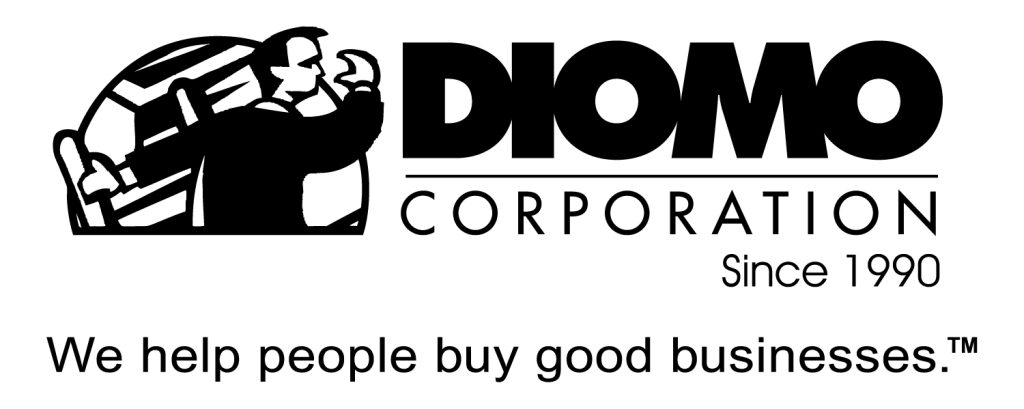I want to continue to discuss valuations and this week we will touch upon the basis upon which the majority of business you will encounter will be valued by the seller.
First, let’s get some clarity because there is a wide range of terms that are used in the industry. You will come across definitions such as: Owner Benefits, Adjusted Earnings, Seller’s Cash Flow, Seller’s Discretionary Earnings and many others. Ideally, they are supposed to mean the same thing, but don’t take anything for granted (we’ll talk about this further in a moment). For this discussion, we will use the term Owner Benefits.
This basis should not be confused with other accounting terms like EBITDA or EBIT and that is why an asking price multiple of different businesses can range greatly if you are working with a different basis.
For all intents, Owner Benefits should be the total of:
Net income (off the tax return) + Owner’s Salary + Perks + Depreciation + Interest.
It must also be noted that in asset-heavy businesses, a reduction MUST be made to replace machinery and equipment. This is called a Capital Expense Allocation or reduction. You will not see this done very often in listings because it reduces the Owner Benefits but it is something you must do when applicable.
The Owner Benefit figure is used in an effort to normalize earnings. The premise is made that the new owner will assume the role of owner-operator.
In our next posts we will go into great detail about add-backs but for now, here are a few points to keep in mind:
- Many buyers have the perspective that one must always reduce the Owner Benefit figure to account for a manager. The rationale is that a business purchase is an investment and so if the buyer will be working the business, the only way to compare it to other investments is to do so as a passive investor. While there is certainly logic to this argument, it is strictly a way for you to calculate the return on your investment. However, it is not a valid point to debate an asking price multiple necessarily because it is not the industry standard and again, you would be comparing apples and pears.
- It is normal for a seller to try to make the numbers look as good as possible. That does not mean that their add-backs are correct – it is strictly their formula. As such, you absolutely must review what is includes in the Owner Benefit figure. In other words, get a detailed breakdown and validate the rationale and backup to these claims.
If you want to learn more about business valuations before next week’s continuing discussion, read through the articles and Ask the Expert series at http://www.diomo.com/valuing-a-business.html

